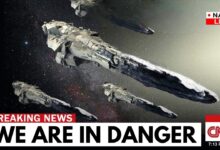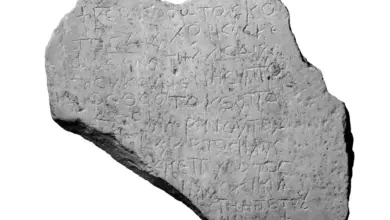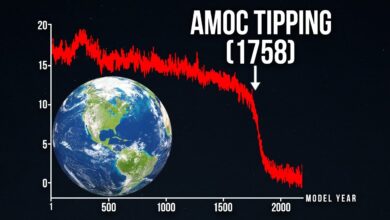Randall Carlson – Egypt’s Pyramids Are Not What We Think And Scientists Are SCARED

Mainstream archaeologists and prehistorians often underestimate the true scale of the catastrophic events that reshaped our planet. They keep asking the same question: “Where are the artifacts? Where’s the pottery? Where’s the undeniable evidence that an ancient civilization existed?” But what if they’re asking the wrong question entirely?
Randall Carlson’s theory about lost advanced civilizations takes a radically different path from conventional archaeology. He suggests that highly sophisticated societies may have existed tens of thousands of years ago—long before Mesopotamia, Egypt, the Indus Valley, or China became the so-called “cradles of civilization.” Imagine civilizations thriving even before, or during, the last Ice Age, which ended about 11,700 years ago. That idea alone pushes human history back by millennia.
Carlson’s evidence centers on megalithic structures scattered across the globe. Consider the Great Pyramid of Giza: over two million stone blocks, each weighing tons, aligned with near-perfect precision—not just to the cardinal points but to the stars of Orion’s Belt. Or look at Stonehenge, where its solstitial alignment still marks the changing of seasons with extraordinary accuracy. These aren’t random piles of stone. They’re mathematical and astronomical achievements that suggest their builders had a far deeper understanding of science than we give them credit for.
Carlson also points to engineering feats that baffle modern experts. How were these massive stones quarried, transported, and positioned so precisely without cranes or advanced machinery? Such construction implies a level of knowledge in physics and logistics that defies the limits of their supposed time.
And it’s not just about structures on land. When you factor in rising sea levels and geological shifts since the Ice Age, Carlson argues it’s entirely plausible that an entire island complex once existed in the mid-Atlantic—possibly the inspiration for the Atlantis legends.
But here’s where Carlson’s theory gets even more fascinating: he ties the disappearance of these civilizations to global catastrophe. He often cites the Younger Dryas impact hypothesis—the idea that around 12,800 years ago, fragments of a massive comet struck Earth, triggering devastating climate change, global flooding, and the near-total collapse of ecosystems.
The geological evidence is staggering. In the “black mat” layer from this period, scientists find high concentrations of soot, microspherules, nanodiamonds, and rare elements like iridium—substances typically associated with cosmic impacts. Some researchers even point to the mysterious Carolina Bays on the U.S. Atlantic seaboard as possible secondary impact craters.
This cataclysm could explain not only the extinction of Ice Age megafauna—woolly mammoths, mastodons, giant sloths—but also the sudden disappearance or transformation of early human cultures, like the Clovis people in North America.
And yet, Carlson argues, the knowledge of these lost civilizations didn’t vanish completely. It survived, encoded in myths and religious texts. Flood legends such as Noah’s Ark or the Epic of Gilgamesh, in his view, are not merely allegories. They are distorted memories of real, catastrophic events passed down across millennia.
When you look at sites like the temples of Malta—Hagar Qim and Mnajdra—you see even more compelling evidence. These 6,000-year-old megaliths are aligned with the solar cycle so precisely that during the equinoxes, sunlight passes through a specific opening to illuminate an inner chamber. This is not primitive trial-and-error. It’s advanced astronomical knowledge frozen in stone.
The same is true for Stonehenge. Its alignment with the summer and winter solstices is exact, and the transportation of its bluestones from 150 miles away in Wales shows logistical capabilities far beyond what is typically credited to Neolithic societies.
All of this leads Carlson to a bold conclusion: our history is not linear. It’s cyclical. Civilizations may have risen, mastered science and engineering, and been wiped out by global cataclysms—leaving only fragments of their knowledge behind.
If this is true, it means humanity’s story is far older, far richer, and far more turbulent than we’ve been taught. As Carlson puts it, we are living in the ruins of a forgotten world—one that left behind enough clues for us to piece together, if only we’re willing to look.








